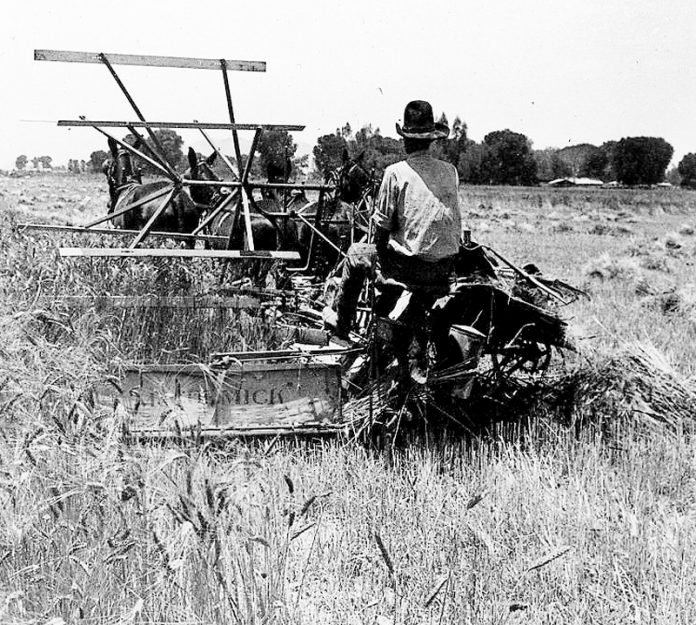Efficient Mini Combine Harvester for Paddy Rice Harvesting and Small Farms
The Evolution and Significance of Paddy Mini Combine Harvesters
In the realm of agriculture, efficiency and productivity are crucial for feeding the ever-growing global population. Among the various innovations that have significantly transformed farming practices, the paddy mini combine harvester stands out as a revolutionary machine, especially in rice cultivation. This article explores the evolution, mechanism, and substantial benefits of mini combine harvesters in paddy farming.
Evolution of Paddy Mini Combine Harvesters
Historically, rice harvesting was a labor-intensive process, relying heavily on manual labor using sickles and traditional methods. As agricultural demands increased, it became necessary to enhance the efficiency of harvesting processes. The advent of mechanization in agriculture has led to the development of various harvesting machines, culminating in the creation of mini combine harvesters specifically designed for paddy fields.
Mini combine harvesters emerged to cater to small to medium-sized farms, where space and operational scale limited the use of larger, conventional harvesters. Their compact size and versatile functionality made them ideal for navigating the intricate terraced fields and narrow plots typical in many rice-growing regions across Asia and beyond. The introduction of these machines has not only made harvesting faster but has also significantly reduced labor costs and time, directly impacting farmers' productivity.
Mechanism of Mini Combine Harvesters
Paddy mini combine harvesters are compact machines equipped with several key components that enable them to perform multiple functions cutting, threshing, and winnowing. The machine's cutting mechanism comprises sharp blades that swiftly sever the rice stalks at ground level. Following the cutting process, the harvested rice is fed into the threshing chamber, where the grains are separated from the chaff through a series of rotating drums and sieves. Finally, the cleaned rice is collected, while the remaining straw and husks are expelled, ready for further management or incorporation into the field.
paddy mini combine harvester

The design of mini combine harvesters allows for easy maneuverability in different terrains, and their lightweight structure ensures that they can be transported with minimal hassle. Most models also feature adjustable settings, enabling farmers to customize the machine according to specific crop conditions, which is crucial for optimizing performance.
Benefits of Mini Combine Harvesters
The benefits of employing paddy mini combine harvesters are manifold. Firstly, they significantly increase efficiency. A task that may take days of manual labor can now be accomplished in a matter of hours. By expediting the harvesting process, these machines mitigate the risk of crop losses due to adverse weather conditions, such as sudden rain or storms.
Secondly, mini combine harvesters contribute to labor savings. In many developing countries, labor shortages during peak harvesting times pose a significant challenge. The adoption of this technology can alleviate the dependency on human labor, thus enabling farmers to allocate their workforce to other critical areas of cultivation or maintenance.
Moreover, the use of mini combine harvesters enhances the quality of the harvested produce. With precise cutting and effective threshing mechanisms, the chance of grain damage during harvesting is minimized, leading to higher quality output. This is particularly important as farmers strive to meet market standards and achieve better prices for their produce.
Conclusion
The paddy mini combine harvester represents a significant advancement in agricultural technology, particularly in rice cultivation. By increasing efficiency, reducing labor costs, and improving the quality of harvested crops, these machines have become indispensable tools for modern farmers. As the agriculture sector continues to evolve and adapt to new challenges, the role of mini combine harvesters will undeniably grow, contributing to sustainable practices and enhanced food security worldwide. The future of agriculture lies in the embrace of such innovations that not only make farming more efficient but also bolster the livelihoods of farmers across the globe.
Latest news
-
When to Upgrade Your Old Forage HarvesterNewsJun.05,2025
-
One Forage Harvester for All Your NeedsNewsJun.05,2025
-
Mastering the Grass Reaper MachineNewsJun.05,2025
-
How Small Farms Make Full Use of Wheat ReaperNewsJun.05,2025
-
Harvesting Wheat the Easy Way: Use a Mini Tractor ReaperNewsJun.05,2025
-
Growing Demand for the Mini Tractor Reaper in AsiaNewsJun.05,2025







